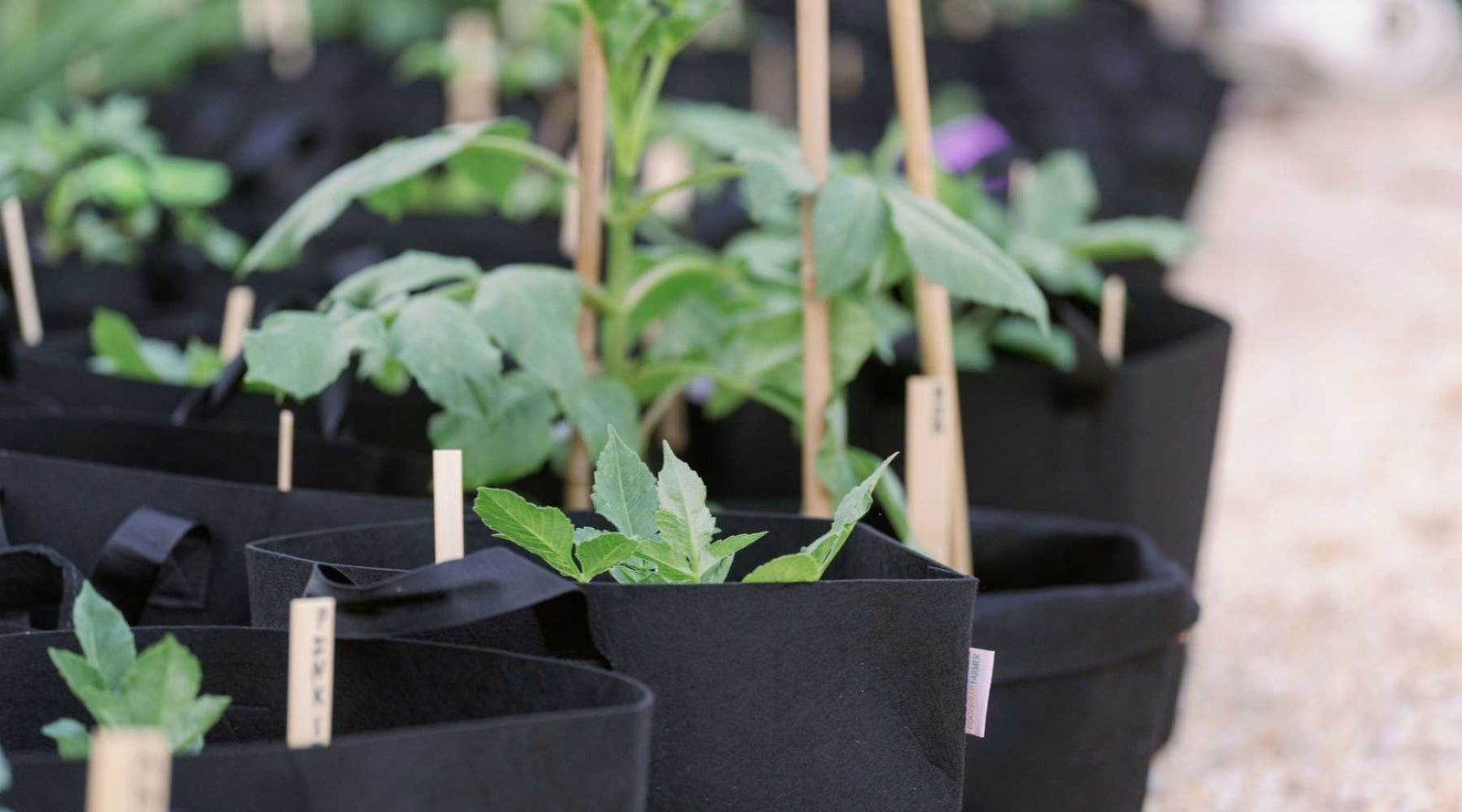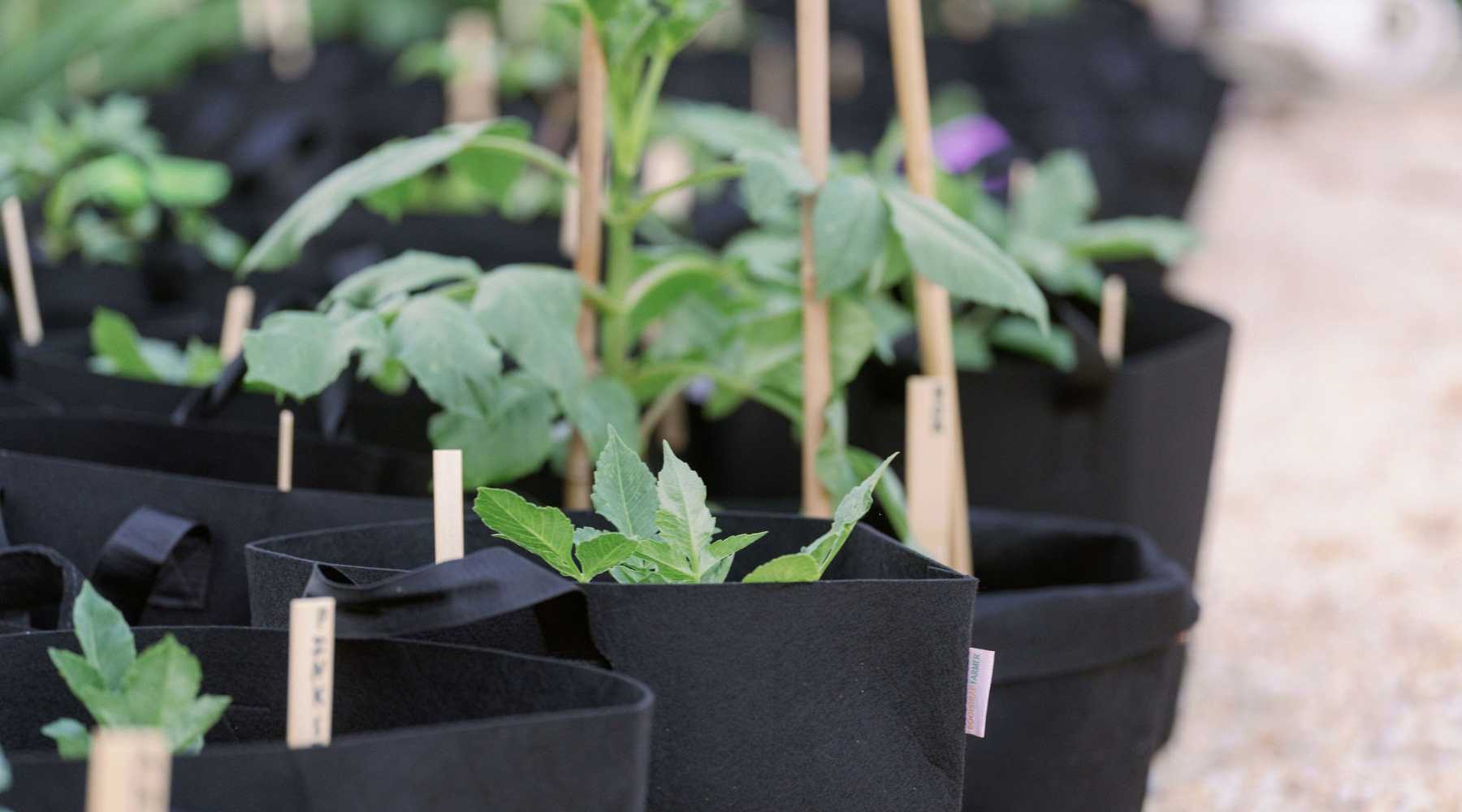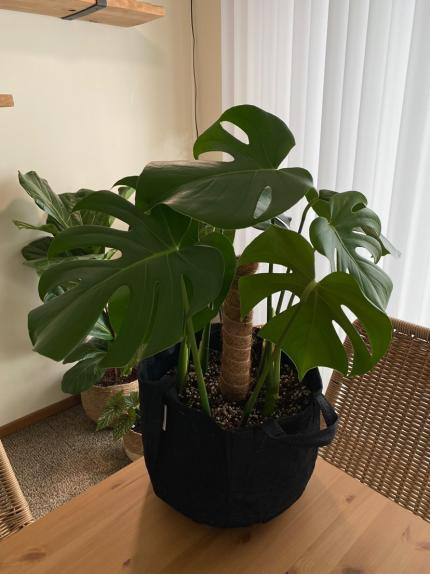Yes, you can use grow bags for indoor plants. They are versatile and space-saving.
These bags are a popular choice for urban gardeners. Grow bags have gained popularity for their flexibility and ease of use. They allow plant roots to breathe better, reducing the risk of root rot. Made from breathable materials, grow bags help in maintaining optimal moisture levels.
This makes them ideal for indoor gardening where space and light can be limited. Plus, they are lightweight and easy to move, making them perfect for small apartments or homes. Whether you’re a beginner or an experienced gardener, grow bags can simplify your indoor gardening experience. They offer a practical solution for nurturing healthy plants indoors, regardless of your space constraints.
Quick Navigation
Introduction To Grow Bags
Grow bags are fabric containers used for planting. They come in many sizes. These bags are made of breathable material. Plants grow better with air. Roots can breathe and grow strong. Grow bags help keep soil moist. They are easy to move. They are also very lightweight.
Grow bags have many benefits. They are portable. You can move plants with ease. Grow bags help with drainage. Water does not stay too long. This stops root rot. They keep plants healthy. Grow bags also save space. They fit in small areas. Perfect for apartments. They are simple to use. Just fill and plant. No fuss.

Advantages Of Indoor Use
Grow bags are great for small spaces. They fit into tight spots. You can place them on shelves or tables. Their flexible shape makes them adaptable. You can grow many plants in limited space. This is perfect for apartments or small homes. Plants stay healthy in grow bags. They get enough air and water.
Grow bags are easy to move. You can change their position anytime. This helps plants get the right light. They are lightweight and easy to carry. Grow bags are suitable for many types of plants. You can grow flowers, herbs, and vegetables. They are a great choice for indoor gardening.
Material And Durability
Grow bags can be a good choice for indoor plants due to their durable fabric material. They allow air and water to pass through, promoting healthy root growth. Suitable for various plant types, these bags offer flexibility and easy storage when not in use.
Common Materials
Grow bags are made from different materials. Fabric is the most common. It allows air to pass through. Plastic grow bags are also popular. They are lightweight and cheap. Some grow bags use felt material. Felt is soft and durable. Burlap is another option. It is strong and eco-friendly. Choosing the right material is important. It affects how plants grow.
Longevity Of Grow Bags
Grow bags can last for many years. Fabric bags often last 5 to 7 years. Plastic bags might last shorter. They can break in the sun. Felt bags can last long with care. Burlap bags last a few years. They might wear out fast. Keeping them indoors helps. Proper care makes them last longer. Clean them regularly.

Plant Selection For Grow Bags
Grow bags are great for many plants. Tomatoes love grow bags. Herbs like basil and mint do well too. Strawberries grow happily in bags. Peppers are another good choice. Leafy greens like spinach and lettuce thrive too. Flowers like marigolds and petunias can also bloom in grow bags.
Pick plants that are not too big. Small plants fit better in grow bags. Check the light needs of each plant. Some like a lot of sunlight. Others need shade. Water the plants often. Grow bags dry out faster. Soil quality is important too. Use rich soil for best results. Choose plants that grow well together. This helps them stay healthy.
Soil And Nutrient Requirements
Grow bags offer excellent drainage and aeration for indoor plants. These bags ensure roots get enough oxygen, reducing root rot. Suitable for various soil types, they provide a flexible solution for nutrient management, promoting healthy plant growth indoors.
Choosing The Right Soil
Selecting the right soil is key for indoor plants. Grow bags need soil that is light and airy. Avoid heavy clay-based soils. Such soils can block drainage. Perlite and peat moss can help. They make soil loose and fluffy. Good drainage keeps plants healthy. It stops roots from rotting.
Fertilization Tips
Plants need nutrients to grow well. Fertilize regularly for strong plants. Liquid fertilizers work best. They mix easily with water. Feed your plants every few weeks. Follow the package instructions. Over-fertilizing can harm plants. It causes yellow leaves. Balanced nutrients lead to happy, healthy plants.
Watering And Drainage
Grow bags offer excellent drainage, making them suitable for indoor plants. These bags help prevent waterlogged soil. They promote healthier root growth.
Optimal Watering Practices
Grow bags are great for indoor plants. They need careful watering. The soil should be moist, not wet. Use a small watering can. Pour water slowly. Check the soil with your finger. If it’s dry, add more water. Overwatering can harm plants. It’s important to find the right balance.
Importance Of Drainage
Drainage is crucial for grow bags. Bags often have small holes. These holes let extra water escape. Without them, roots may rot. Healthy roots need air. Too much water stops air from reaching roots. Always place a tray under the bag. This catches extra water. Regularly check the tray. Empty it if needed.
Light And Temperature Control
Grow bags can help plants get more light indoors. Place them near windows for better light exposure. Ensure light reaches all sides of the grow bag. Rotate bags often to keep light even. Some plants need more light than others. Check each plant’s light needs.
Indoor plants need the right temperature to grow well. Keep grow bags away from cold drafts. Warm spots are better for most plants. Use a thermometer to monitor temperature. Move bags if temperatures change a lot. Most indoor plants like temperatures between 65 and 75 degrees Fahrenheit. Avoid extreme heat or cold.

Common Challenges And Solutions
Using grow bags for indoor plants presents challenges like space constraints and drainage issues. Solutions include selecting the right size bag and placing a tray underneath to catch excess water. Proper positioning near sunlight ensures healthy growth and minimizes risk of plant stress.
Pest Management
Pests can be a big problem for indoor plants. Aphids and fungus gnats are common pests. They can harm your plants. To keep them away, check your plants often. Look for small bugs on leaves. If you see pests, remove them gently. Use a damp cloth to wipe the leaves. Sticky traps can also help catch flying bugs. Neem oil is safe for plants and can keep pests away. Spray it on leaves once a week. This helps keep pests from coming back.
Preventing Overcrowding
Plants need space to grow well. Too many plants in one bag can cause problems. They compete for light and nutrients. This can make them weak. Use the right size of grow bag for your plant. A small plant needs a small bag. A big plant needs a bigger bag. Check the plant’s roots often. If they look crowded, move the plant to a bigger bag. Giving each plant enough room helps them grow strong and healthy.
Conclusion
Grow bags work well for indoor plants. They offer good drainage. Roots breathe easier. This leads to healthier growth. Lightweight and easy to move. Perfect for small spaces. Choose the right size. Consider material quality. Some need extra support. Keep plants happy and thriving.
Regular watering is important. Watch out for pests. Grow bags can enhance your indoor gardening experience. Start small. Experiment with different plants. See what works best in your home. Happy growing!